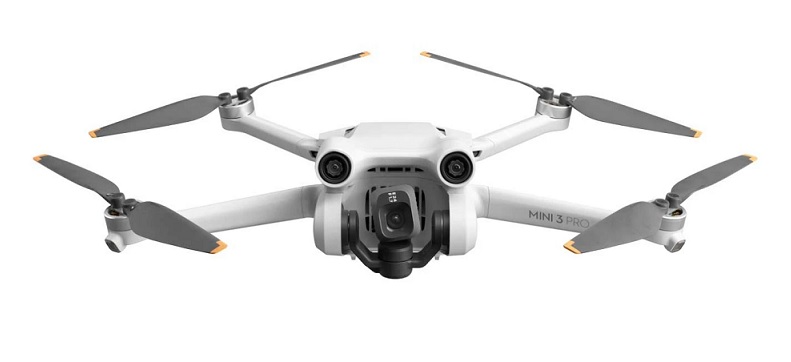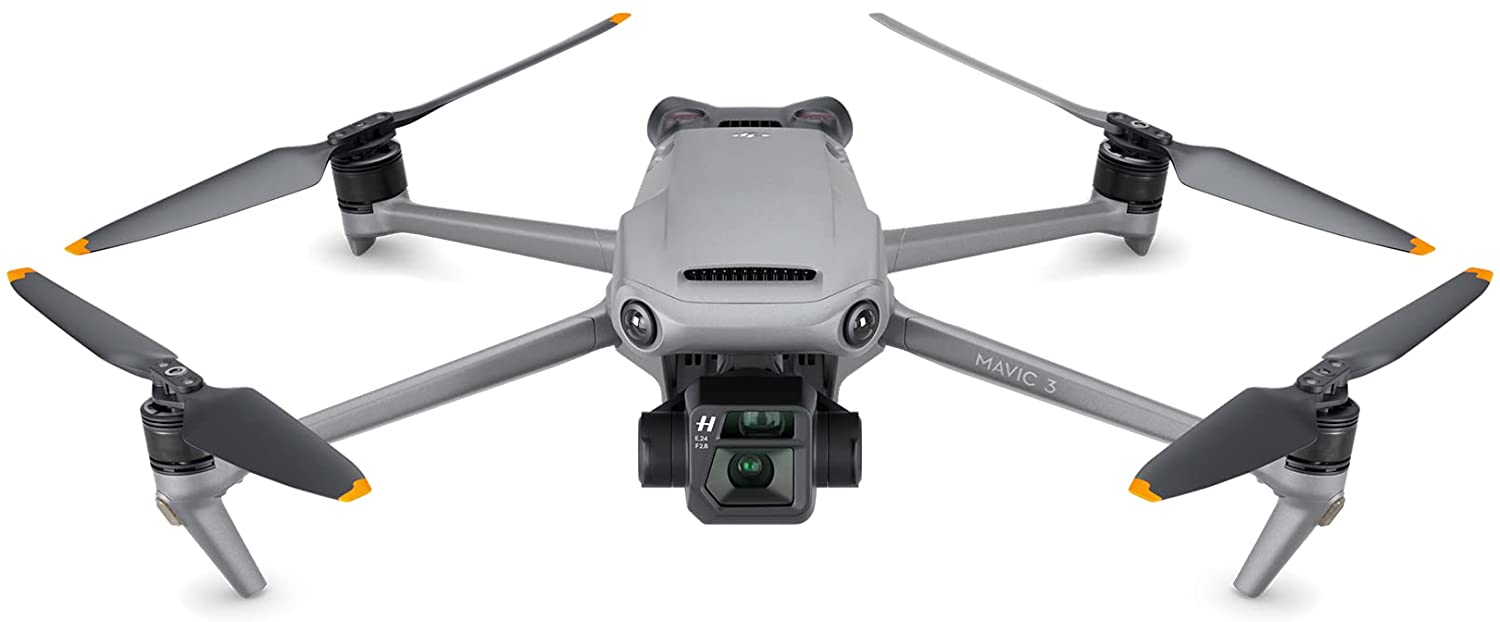Drones have become increasingly popular in recent years, and with that, the demand for high-quality drone cameras has also increased. One of the most critical aspects of a drone camera is its ability to zoom. Two types of zoom commonly used in drone cameras are optical zoom and digital zoom. In this article, we will explore the differences between optical zoom and digital zoom, the advantages and disadvantages of each, and which one you should choose for your drone camera.
Optical Zoom:
Optical zoom is a type of zoom that uses the camera’s lens to adjust the focal length, thereby changing the magnification and bringing the subject closer. Optical zoom allows the camera to zoom in on a subject while maintaining the same image quality. This is because the lens physically moves closer to the subject, and the camera captures a more magnified image without any loss of quality.
Advantages of Optical Zoom:
- Better Image Quality: The primary advantage of optical zoom is that it provides better image quality than digital zoom. This is because optical zoom uses the camera’s lens to magnify the subject, resulting in a clearer and more detailed image.
- No Loss of Quality: As previously mentioned, optical zoom does not result in any loss of quality since it physically moves the lens closer to the subject. This makes it an ideal choice for capturing high-quality images.
Disadvantages of Optical Zoom:
- Limited Zoom Range: The maximum zoom range of an optical zoom lens is limited by its physical construction. This means that it may not be suitable for capturing distant subjects.
- Size and Weight: Optical zoom lenses are typically larger and heavier than digital zoom lenses. This can make the drone camera more cumbersome and challenging to handle.
Digital Zoom:
Digital zoom is a type of zoom that magnifies the image by cropping it and then enlarging the remaining portion of the image. Digital zoom uses software algorithms to increase the size of the pixels, resulting in a larger, magnified image. However, this process can result in a loss of image quality.

Advantages of Digital Zoom:
- Greater Zoom Range: Digital zoom can provide a greater zoom range than optical zoom since it can magnify the image by a significant amount without physical constraints.
- Lightweight and Compact: Digital zoom lenses are typically lighter and more compact than optical zoom lenses, making them an ideal choice for drone cameras.
Disadvantages of Digital Zoom:
- Loss of Image Quality: The primary disadvantage of digital zoom is that it can result in a loss of image quality. This is because the image is magnified by cropping and enlarging the remaining pixels, resulting in a loss of detail and sharpness.
- Pixelation: When the image is magnified too much using digital zoom, the pixels become visible, resulting in a pixelated image.

Which one to choose?
When it comes to choosing between optical zoom and digital zoom for your drone camera, it ultimately depends on your requirements. If you need a high-quality image, then optical zoom is the way to go. However, if you need a greater zoom range, then digital zoom may be a better choice. It is worth noting that some drone cameras use a combination of both optical and digital zoom to provide the best of both worlds.
In conclusion, both optical zoom and digital zoom have their advantages and disadvantages. It is important to understand the differences between the two and choose the one that best suits your requirements. Regardless of your choice, always remember to fly your drone safely and responsibly.
5 Mistakes To Avoid When Buying a New Drone
